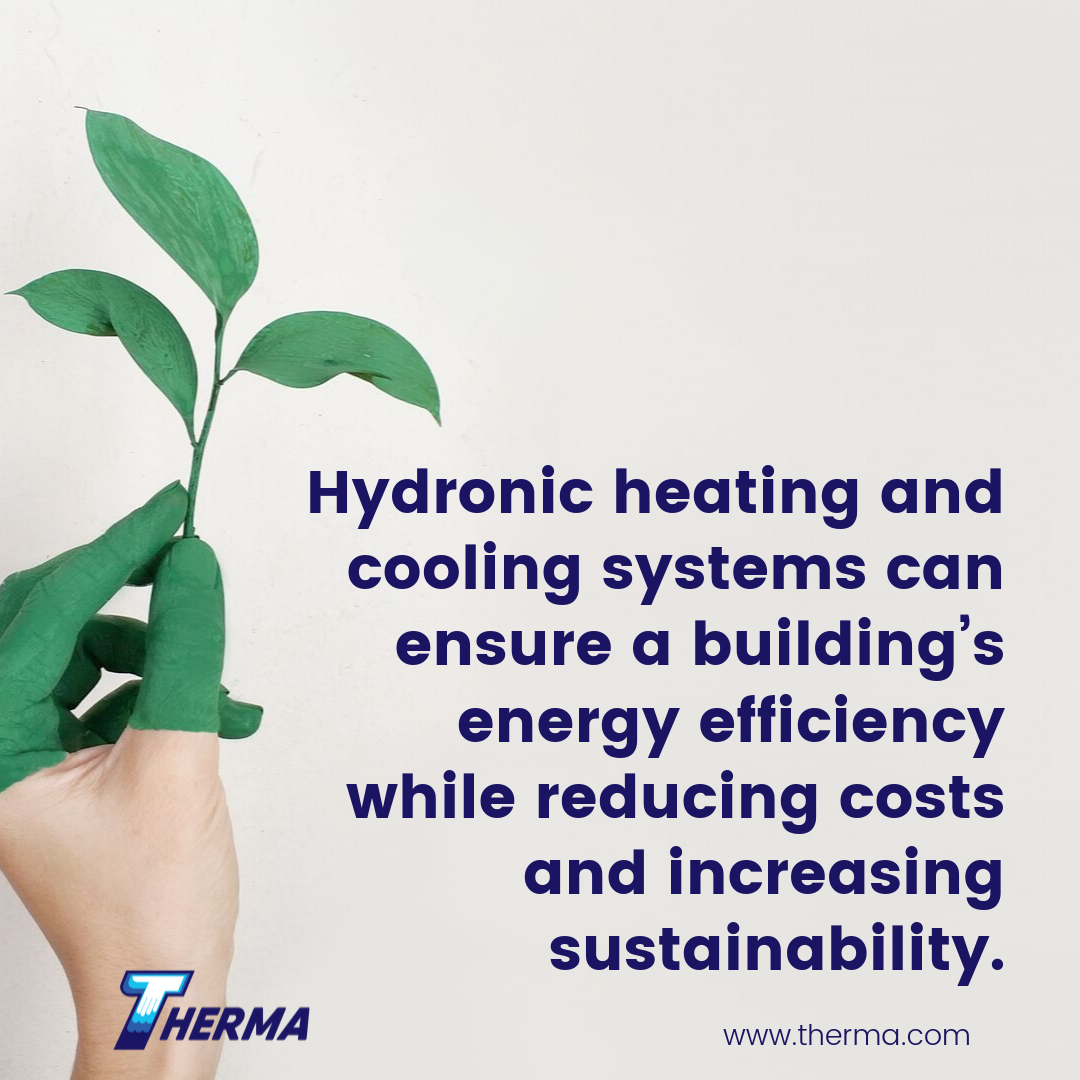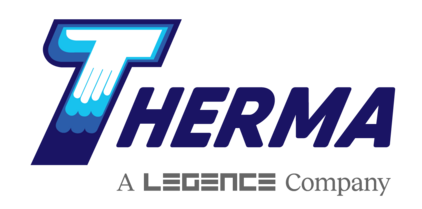Hydronics Trends in 2019
By Ruth Seeley
Hydronic heating and cooling systems can ensure a building’s energy efficiency while reducing costs and increasing sustainability.

In some areas, more stringent government regulations designed to create low carbon and zero emission buildings mean significant growth in the hydronic market in both new and retrofitted buildings. While the Department of Energy and the U.S. Green Building Council’s requirements may be less stringent than those of some European countries, energy efficiency makes both fiscal and environmental sense.
The Old and the New Hydronics
Hydronics, which use liquid heat-transfer media in both heating and cooling systems—typically water, glycol or mineral oil—have been around for more than a century. Steam and hot-water radiators are examples of old hydronics technology. In large-scale commercial buildings, now-outdated hydronic systems often had separate chilled and heated water loops to supply both heating and air conditioning.
But smart technologies are changing the world of hydronics, permitting commercial HVAC installations that meet stringent energy efficiency requirements and automatically integrate with other building systems. Advanced pump hydraulics, sensorless capabilities, embedded diagnostics and the ability to use technical monitoring options are the biggest trends in hydronics in 2019.
Advanced Pump Hydraulics
Variable-speed pumps can maximize both blower and boiler combustion efficiency by matching blower load to the boiler’s combustion system. The exchanger is protected by ensuring the boiler pump stays in phase with its combustion modulation. When gas flow, airflow and water flow are balanced, boiler efficiency can be greatly enhanced by quickly responding to load changes. When a variable-speed pump’s power consumption drops 50%, its speed is reduced by only about 20%.
Sensorless Capabilities
Self-monitoring, predictive combustion controls and self-sensing pumps are part of the smart pumping trend. Without tube or tap holes in pipes that connect remote sensors, self-sensing pump systems can accurately ensure variable flow, higher energy efficiency and improved system stability. Maximum energy efficiency is created by variable-speed pumping that matches capacity with load while also allowing more precise flow control, integration of building management systems and motor soft starts that extend the life of motor, pump and system components.
Embedded Diagnostics

New controllers can be integrated into motors, and some can predict motor temperature. These controllers monitor operation, determine whether the equipment is operating at, above, or below specification, and automatically adjust to optimum without human intervention.
Technical Monitoring Options
With cloud and big data monitoring systems programmed into hydronics controllers, operators can tell if set point, speed or temperature are out of tolerance, and can then quickly course correct. As the Internet of Things helps us connect more and more devices to each other, real-time monitoring using intuitive controls leads to not only greater energy efficiency, but also better system performance and integration with building management systems. Remote access to cloud data means users can not only access their own system’s data, but compare it with other similar units and systems to benchmark performance.
More (and more accessible) data and technical monitoring can also help determine system maintenance issues to ensure a proactive approach that will save time, money and inconvenience to building occupants.
Cost and Sustainability
While hydronics systems may initially be a little more expensive than forced-air heating and cooling systems, water is a much more efficient heat conductor than air and can provide energy savings of 60 to 70%. Air systems tend to last 10 years before they need replacing. Hydronics systems last 25 years or more, making them far more sustainable in terms of building life cycles, repair, maintenance and re-installation costs. As demand for hydronics systems increases, the cost of component parts continues to decrease.
Efficient Use of Space
On the residential side, the ability to control heating and cooling systems remotely via mobile devices and within smart homes creates environmental comfort systems that also increase energy efficiency. State-of-the-art commercial hydronics systems do the same thing on a much larger scale with a far smaller footprint than previously possible.

Some stainless steel boilers hold less than a gallon of hot water, and many new hydronics systems are ductless. With small-diameter water pipes able to transfer heat four times more efficiently than air ducts, along with higher standards for water pipe installation to ensure no leakage, hydronic distribution systems also don’t require fans, which results in automatic space and energy savings.
Modern hydronic heating and cooling systems have so many benefits, including increased comfort resulting from technology that senses a room’s temperature, determines whether it’s occupied and adjusts accordingly. Add energy efficiency, space savings, preventative maintenance capabilities and long product life cycles to the mix, and you have many, many reasons to use either a hybrid hydronics system when retrofitting or to install state-of-the-art hydronics in a new build.
Biography
Ruth Seeley writes about artificial intelligence, books and publishing, business, homes and gardens, construction, electrical, electronic and mechanical engineering and procurement.
References:
- https://www.pumpsandsystems.com/6-trends-efficient-hydronic-system-design
- https://www.achrnews.com/articles/130866-awareness-versatility-driving-hydronics-market
- https://www.globenewswire.com/news-release/2019/05/31/1860394/0/en/Hydronic-Radiators-Market-in-Europe-to-hit-1-6-billion-by-2025-Global-Market-Insights-Inc.html
- https://highperformancehvac.com/how-hydronics-works/
- https://www.hpacmag.com/features/strive-perfection-hydronic-system-design/
- https://www.hvacschool.org/building-automation-systems/







